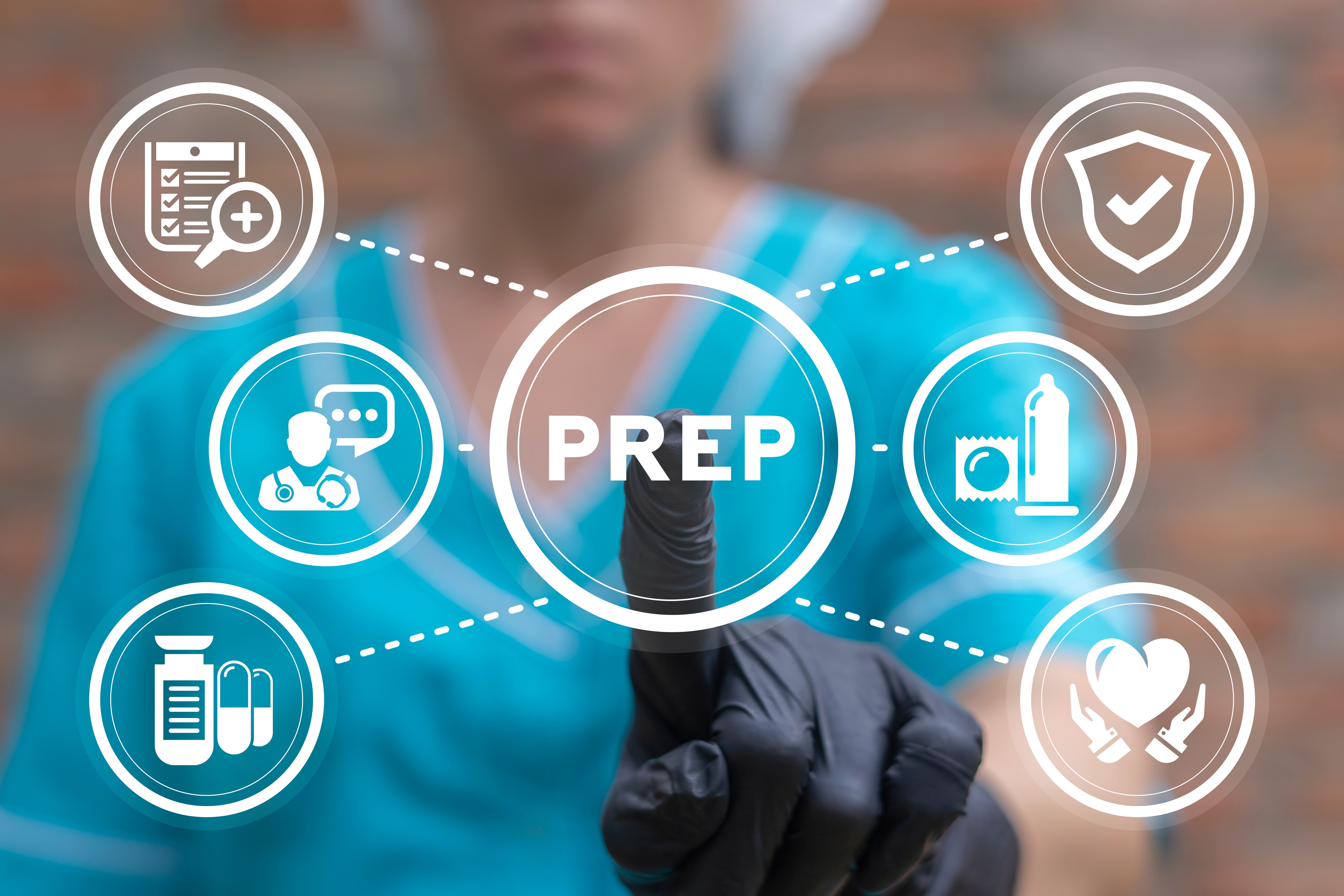Article
Peanut Patch Results Released as Allergy Meeting Begins
Author(s):
Despite the finding that a phase 3 trial of an epicutaneous immunotherapy therapy for peanut allergy did not achieve the lower end of an efficacy end point, it may still represent a viable option for children with peanut allergy, considering the unpredictability of these severe and sometimes fatal reactions.
Despite the finding that a phase 3 trial of an epicutaneous immunotherapy therapy for peanut allergy did not achieve the lower end of an efficacy end point, it may still represent a viable option for children with peanut allergy, considering the unpredictability of these severe and sometimes fatal reactions, the lead researcher running the trial said Friday.
The study showed that 35.3% of children aged 4 to 11 who received the peanut patch were responders after 1 year of treatment, compared to 13.6% of the placebo group.1 The researchers noted that that is a significant difference by traditional statistical measures, but the FDA and DBV Technologies, the maker of the patch, had agreed that the lower bound of the 95% confidence interval (CI) around the difference should meet or exceed 15%. The lower bound of the 95% CI was 12.4% (difference, 21.7% [95% CI, 12.4%-29.8%; P <.001]).
The topline results from this study were published last fall, but the full study results were released Friday in JAMA as the first day of the 2019 annual meeting of the American Academy of Allergy, Asthma & Immunology got underway in San Francisco, California. In an editor's note, the journal said the results were difficult to interpret, and providers and families will have to weigh different factors when considering to use the patch, including pros and cons of other possible emerging treatments.2
In an interview with The American Journal of Managed Care® (AJMC®), the lead investigator for the global, multicenter, randomized control trial said the patch, which would be sold under the name Viaskin if approved by the FDA, may represent a safer form of food allergy immunotherapy since it does not involve taking in food proteins by mouth.
David M. Fleischer, MD, director of the allergy and immunology center at Children’s Hospital Colorado, also noted that DBV Technologies still plans to seek FDA approval in the third quarter of this year.
"I think there’s different ways to look at these study outcomes," he said, "the statistical standpoint versus the clinical use of the product standpoint."
He said some of the children in the trial (called PEPITES, for Peanut EPIT Efficacy and Safety) are enrolled in an open-label phase and will continue treatment for 2 more years; the placebo group is in the active phase as well, receiving 3 years of therapy.
This study, as well as others examining new and emerging treatments for food allergy, will be discussed throughout the weekend at the AAAAI meeting.
The study enrolled 356 children with peanut allergy, including 218 boys and 138 girls. The median age was 7; none had a history of severe anphyalctic reaction, which was defined as hypotension requiring vasopressor support, hypoxia requiring mechanical ventilation, or neurological compromise. Most of the children had asthma or were allergic to other foods besides peanut. Kids with poorly controlled asthma were excluded from the trial.
They first underwent a double-blind, placebo-controlled food challenge, and had to show symptoms at an eliciting dose of 300 mg or less of peanut protein.
Those receiving the therapy, 238, had a skin patch containing 250 micrograms (μg) of peanut protein, applied daily and gradually building up to 24 hours. The placebo group consisted of 118 children, who wore a patch without protein.
Adverse events consisted mostly of local skin reactions to the patch, including in the placebo group. There were 10 anaphylactic reactions in children, but none of them were severe; 5 of them continued on with the study. Adherence was high (98.5%).
Fleischer said being able to tolerate a 300 milligram dose of peanut protein means one can “can reduce your risk of reacting very significantly to an actual exposure by more than 95%.”
“You have to balance, with any of these therapies, how well it works, the efficacy of it, with the safety and practicality of using these therapies, and I think the therapy works and meets goals, and if you ask patients what they want for peanut allergy treatment, it can desensitize patients to peanut. It’s not going to work as quickly as other forms of immunotherapy, such as the oral fom, where you’re getting a thousand times the dose, at 300 milligrams a day, compared to 250 micrograms, which is a thousandth of that dose,” said Fleischer. “I truly think this is an option, and I hope it will be an option, for families with peanut allergy to use, as we all want multiple options out there”
In a statement emailed to AJMC®, DBV said, “We are encouraged by the efficacy and safety data, which support Viaskin Peanut as a convenient and well-tolerated potential therapeutic option that may provide clinically meaningful benefit for patients and families without imposing a major treatment burden.”
References
1. Fleischer DM, Greenhawt M, Sussman G, et al Effect of epicutaneous immunotherapy vs placebo on reaction to peanut protein ingestion among children with peanut allergy: The PEPITES randomized clinical trial [published online February 22, 2019]. JAMA. doi: 10.1001/jama.2019.1113.
2. Zylke JW. Epicutaneous immunotherapy vs placebo for peanut protein ingestion among peanut-allergic children [published online February 22, 2019]. doi: 10.1001/jama.2019.1133.
Newsletter
Stay ahead of policy, cost, and value—subscribe to AJMC for expert insights at the intersection of clinical care and health economics.




